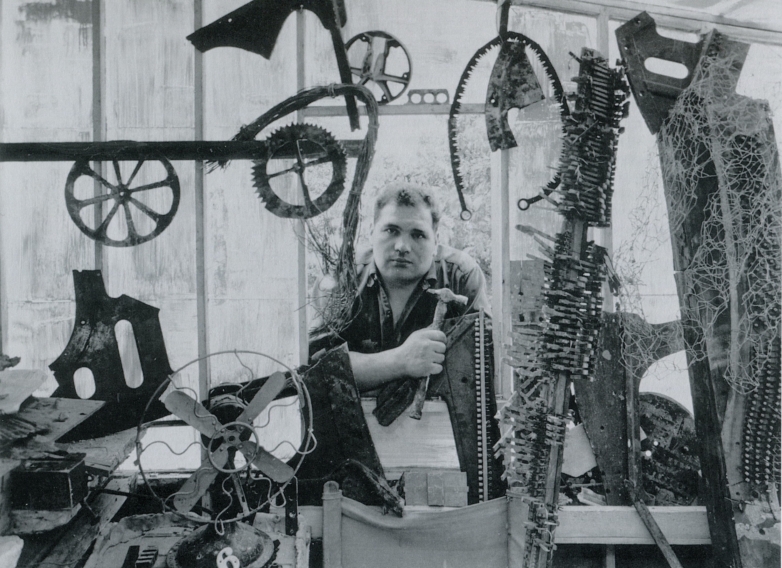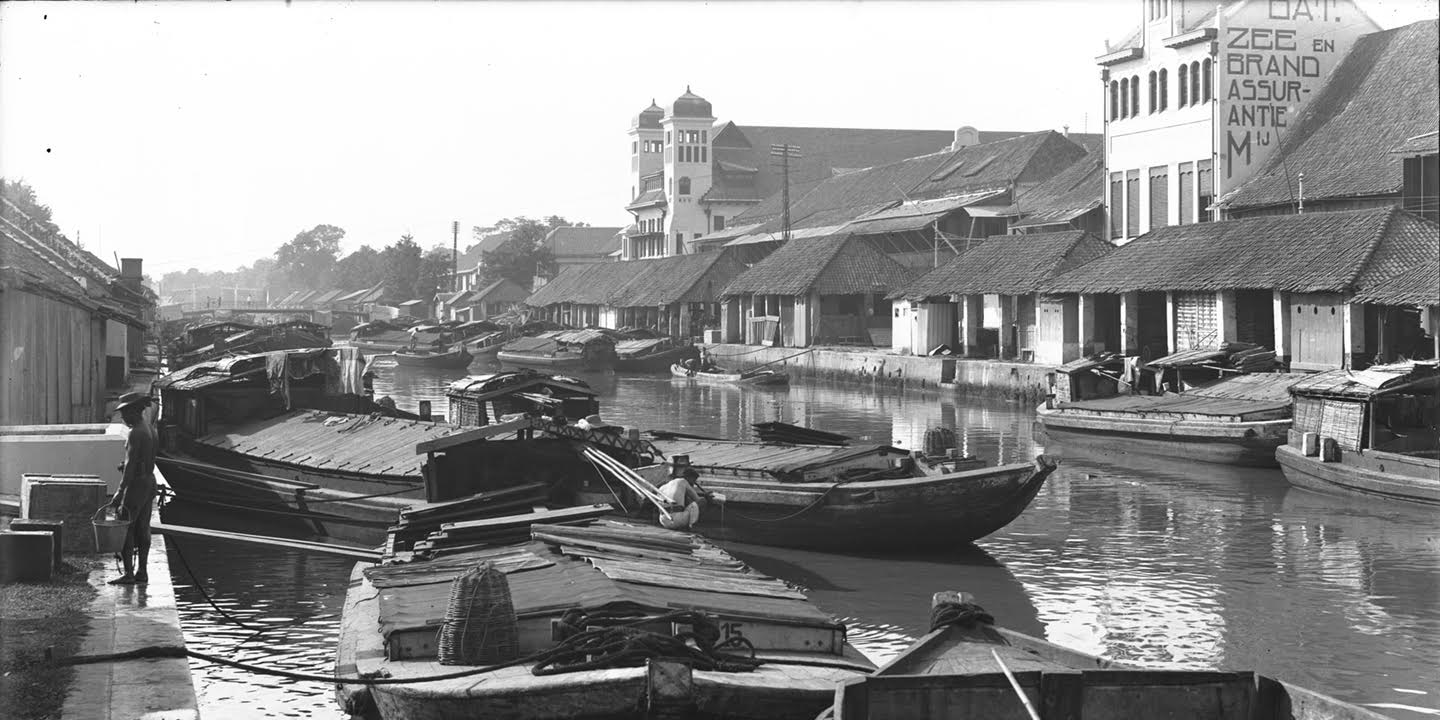Ryan Johnston
Pop Art and Surrealism: Eduardo Paolozzi in the 1950s
In 1966 the critic David Irwin published an article in Studio International titled “Pop Art and Surrealism” in which he raised the broad question of how the two movements might be related. However in the forty five years since the publication of Irwin’s article it is instead the relationship between pop art and dada that has attracted the majority of art historical attention, and the precise legacy of surrealism in this respect remains relatively unclear and ill-attended. With this paper I seek to begin addressing this lacuna by focusing on one of the artists Irwin identified as manifesting both surrealist and pop tendencies: Eduardo Paolozzi.
Paolozzi has been widely considered a ‘father of pop’ ever since Mario Amaya began his highly influential 1965 book Pop Art… And After with reference to Paolozzi’s practice of the early to mid-1950s. Most subsequent histories of pop, including the recent Phaidon survey by Hal Foster and Mark Francis, have followed Amaya’s lead and opened with discussion of the work of Paolozzi along with his Independent Group colleagues Nigel Henderson, Richard Hamilton, and Alison and Peter Smithson. Yet despite this historiography Paolozzi himself never explicitly affiliated with pop, and indeed distanced himself from the movement on numerous occasions. Instead, he characterised his practice as “an extension of radical surrealism”. The aim of this paper is to begin clarifying what this may mean, taking a series of mechanomorphic bronze sculptures Paolozzi produced in the period 1956 to 1960 as a case study.
Date: Monday 18 October 2010 6:30 pm
Venue: Room 150 Elisabeth Murdoch Building, University of Melbourne, Parkville
All Welcome
Drinks and nibbles provided (gold coin donation appreciated for snacks. Wine generously donated by Eugene Barilo von Reisberg). The seminar will be followed by dinner in Lygon St. Please RSVP Mark Shepheard (shepm@unimelb.edu.au) if you plan to join us for dinner.






